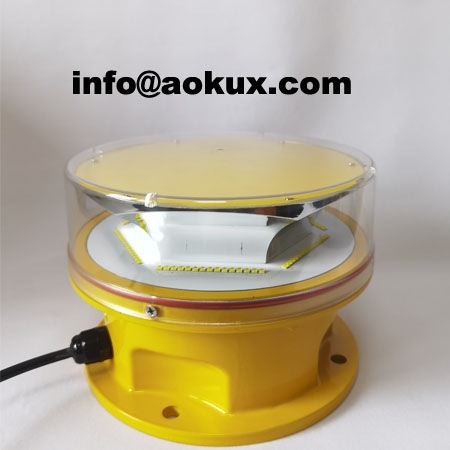
Medium Intensity Aviation Lights: Essential for Safe Air Travel
Introduction:
Medium intensity aviation lights are a critical component of air travel safety, ensuring that aircraft are visible to pilots, air traffic controllers, and ground personnel. They help prevent accidents by making sure that planes can be seen clearly, even in poor visibility conditions. In this article, we will explore the importance of medium intensity aviation lights and their role in ensuring safe air travel.
What are Medium Intensity Aviation Lights?
Medium intensity aviation lights, also known as MIOLs, are used for marking obstacles such as towers, chimneys, and other tall structures that could pose a hazard to low-flying aircraft. They are usually mounted at the highest point of a structure and emit a steady red light during nighttime or reduced visibility conditions. During daytime or good visibility conditions, they emit white strobe flashes that make them more visible to pilots.
The Importance of Medium Intensity Aviation Lights:
MIOLs play an essential role in ensuring flight safety by helping pilots navigate around obstacles. Without these lights, it would be challenging for pilots to see and avoid tall structures, especially during poor visibility conditions such as fog, rain, or snow. Even during daylight hours, the flashing strobe lights can help alert pilots to the presence of obstacles, so they can take appropriate action to avoid them.
Another key benefit of MIOLs is that they provide a standardized way of marking obstacles, reducing confusion and improving consistency in airport operations. This helps ensure that all structures that could pose a hazard to air traffic are marked appropriately, regardless of their location or ownership.

Regulations Governing Medium Intensity Aviation Lights:
To ensure that all airports and structures are marked consistently, various regulations govern the use of MIOLs. The International Civil Aviation Organization (ICAO) sets out standards and recommended practices for the installation and maintenance of aviation lighting systems. In the United States, the Federal Aviation Administration (FAA) has its own guidelines for the use of MIOLs, which are detailed in FAA Advisory Circular 70/7460-1L.
These regulations cover a range of topics, including minimum light intensity, color, and flash patterns, as well as requirements for backup power systems and maintenance procedures. Compliance with these regulations is essential to ensure that aviation lighting systems are reliable and effective.
|
Medium Intensity Aviation Light |
Medium Intensity Aviation Lights |